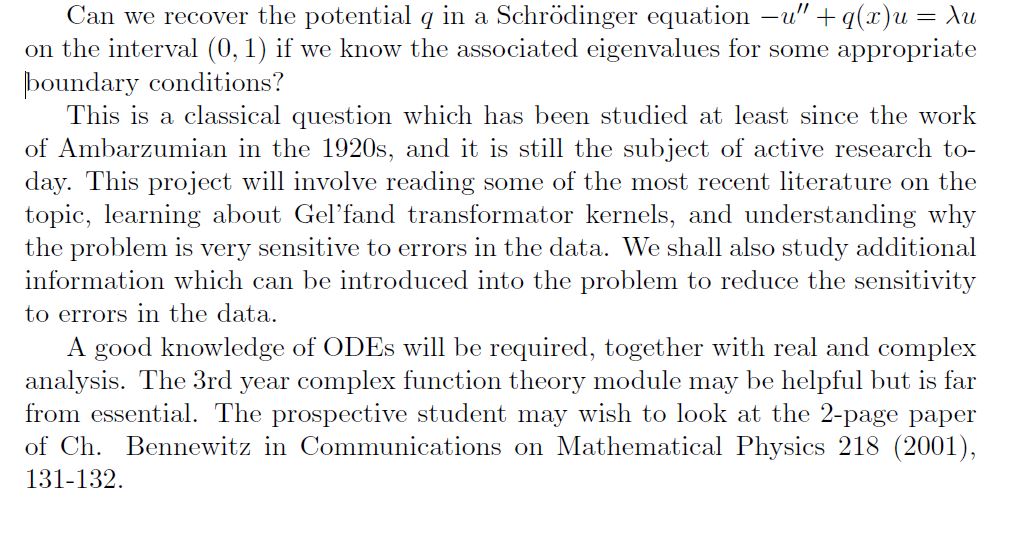Title of project:
Modelling of Calcium Waves in In-Vitro Fertilization
Code:
KK2122A
Supervisors:
Dr Katerina Kaouri & Dr Thomas Woolley
Project description:
Calcium (Ca2+ is a life and death signal, the most important second messenger in the body, carrying important information across all our cells. It also plays a very important role in embryogenesis, beginning at fertilization when fast Ca2+ waves sweep through the egg after sperm enters. These Ca2+ waves and their characteristics are a predictor of the embryo viability and pregnancy.
In the project we will look at mathematical models of calcium signalling appropriate for fertilization, which are systems of nonlinear differential equations. The models will be analysed computationally with MATLAB and COMSOL Multiphysics and, when possible, they will be studied analytically through asymptotic analysis.
This project falls within the booming, interdisciplinary area of mathematical/quantitative biology and more specifically in the area of In-Vitro Fertilization (IVF), where an egg is fertilized outside the woman and inserted later with the hope of leading to a pregnancy. More than 6 million babies have been born through IVF to date and this number is increasing rapidly in many countries, including the UK. The project is, thus, of great interest to experimentalists and IVF clinics. We have an ongoing collaboration with Prof. Karl Swann, Chair of Developmental Biology at Cardiff Biosciences, and, if time allows, the models will be validated with data from the Swann lab. We also have a collaboration with the London Women’s Clinic (Cardiff branch).
The required mathematical background is differential equations and some acquaintance with programming, preferably in Matlab. The modelling and simulation skills that will be developed can be used in many other real-life problems. No biological background is needed, as any necessary knowledge can be acquired during the project.
Useful references:
• Dupont et al. “Models of calcium signalling” (2016). (In the library.)
Project offered as double module, single module, or both:
Double
Prerequisite modules:
MA0232: Modelling with Differential Equations
MA3304: Methods of Applied Mathematics
MA3303: Theoretical and Computational Partial Differential Equations
Number of students who could be supervised for this project:
1



